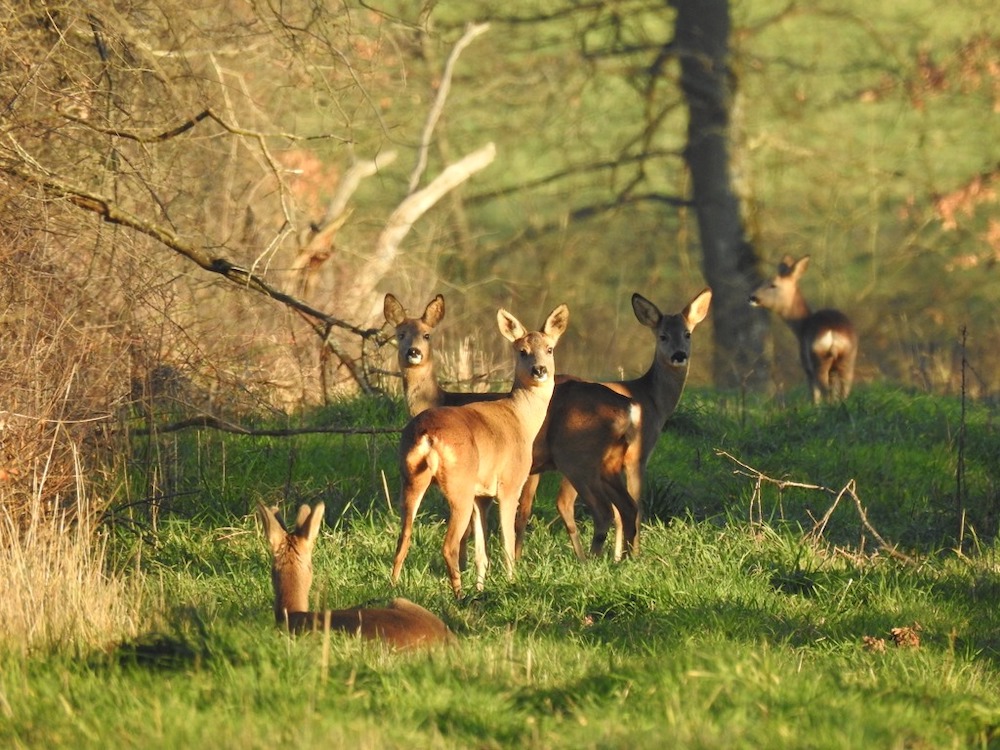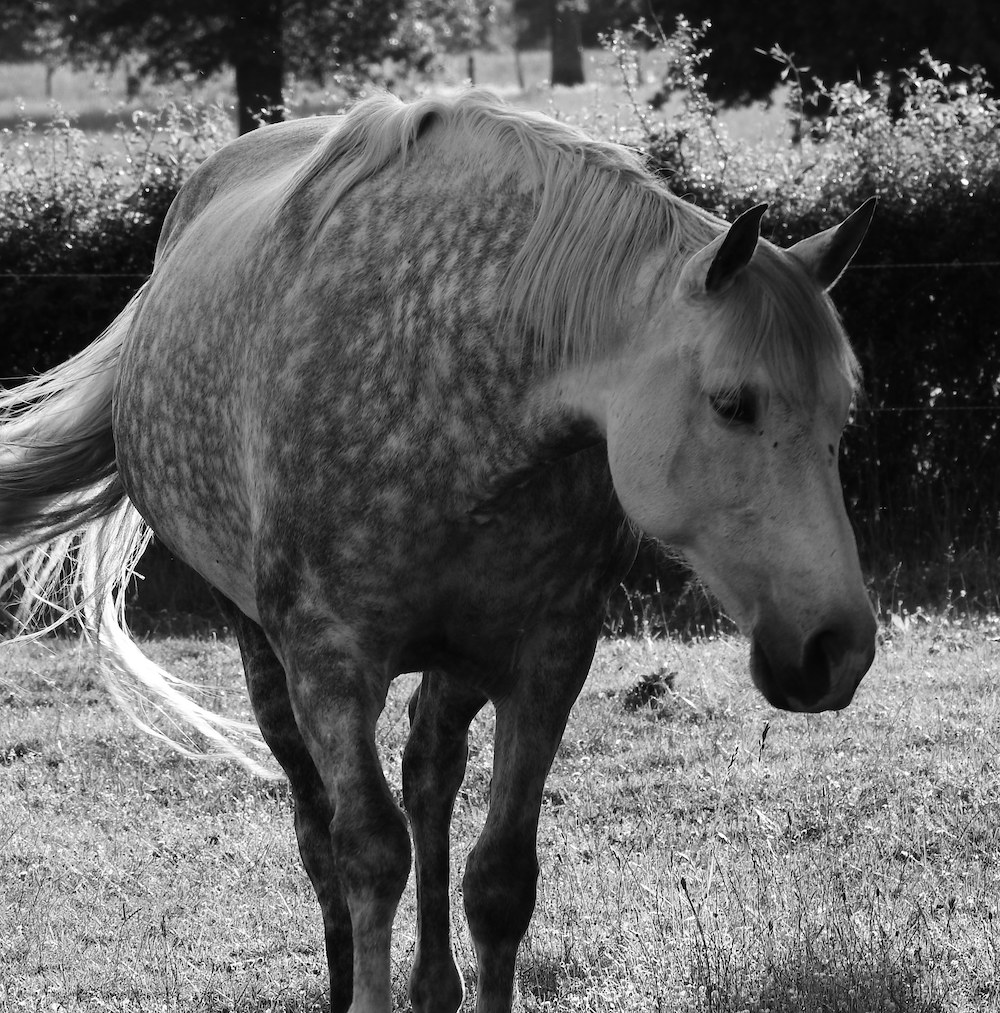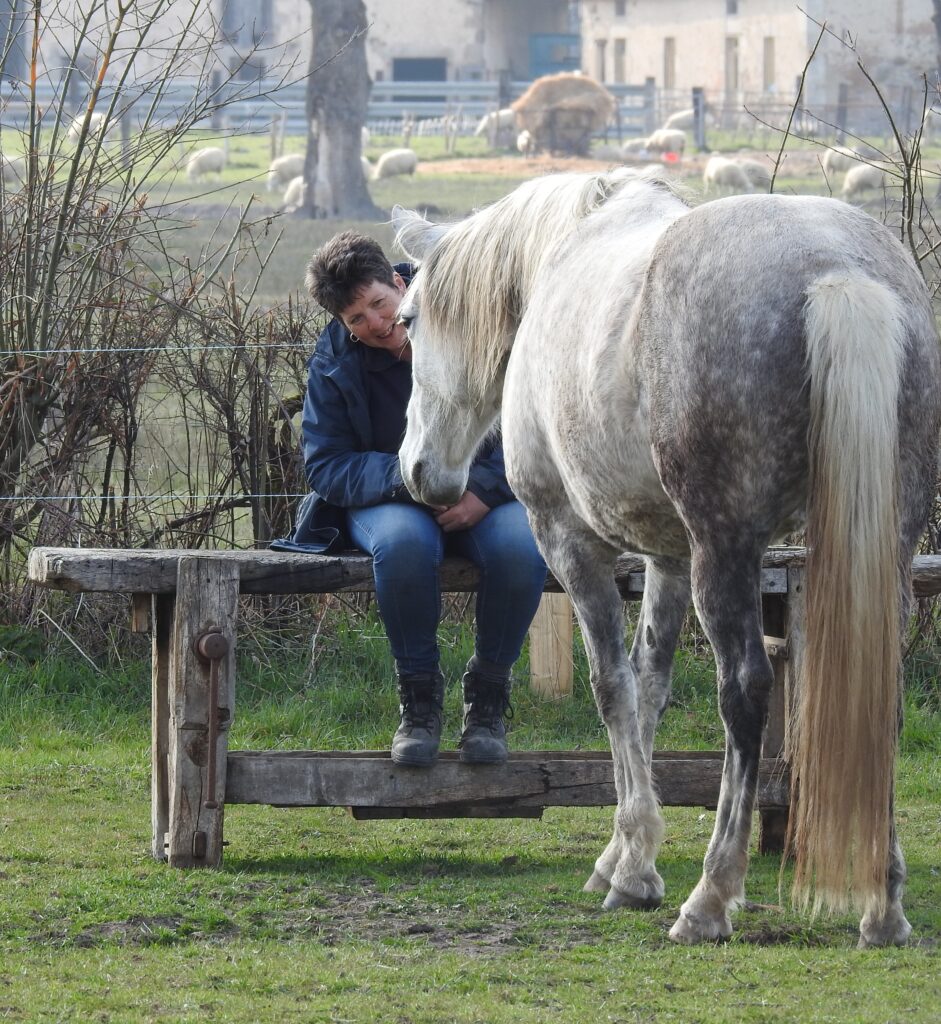A brief look at how our feelings can affect the behaviour of the animals in our life
The behaviours of the animals that share our environment are, in all likelihood, a subconscious habit developed from a conscious reaction to something we feel or do subconsciously.
“What on earth does all that mean?” I hear you asking. I will try and explain.
The subconscious mind is where our habits are. We learn to drive with our conscious mind. Then we keep driving and after a while we drive subconsciously. We don’t think about changing gear anymore. It is automatic. It is a habitual response created from persistently doing the same thing in response to a given situation.
We can improve the way we drive by questioning our habit, changing the way we do it, and then continuing that until the new way becomes a subconscious habit. Maybe you buy a new car and it has 6 gears. All your previous cars have had 5 gears. So you change your habit consciously until using 6 gears becomes a subconscious habit. When you find you have automatically put the car in 6th gear as a response to your speed and environment and, you didn’t consciously think about it, you have created a subconscious habit.
Conscious and Subconscious
This applies to so much in our daily lives. We don’t think about reading anymore we just do it, but we had to consciously think about it when we were learning. We consciously learnt to ride a horse until it became a subconscious habit – we tack up, get on, ask for forward and continue, using the reins and our legs as our subconscious tells us. To change the way we ride, or improve anything we do, we have to go through the phase of conscious learning and change before it becomes a subconscious response or habit.

When we come across animals in the wild we can see immediate subconscious behaviours. When we approach we are subconsciously, as humans, noisy and quite predatory. Even if we are trying to be quiet our conscious minds will be thinking all sorts of things like “where is my camera?”; “what animal is that?” etc.
All these thoughts are very noisy to an animal, so the animal will leave the environment. This is its subconscious habitual response to a noisy predatory environment.
Becoming Aware
If we change our conscious thinking, reduce our thinking to nothing, find patience and be persistent about not engaging with the thoughts that flit through our minds, we will be rewarded with subconscious behavioural responses to a now safe and quiet environment.
When an animal is constantly in our environment and cannot escape it will develop habitual responses to us. These can become behaviours that we see as ‘bad behaviours’. But, in reality, they are behaviours we have helped our animals develop, often times due to subconscious habitual responses and feelings to events we have developed over our lifetime.
So when we see a behaviour we don’t want or like in our animals, we need to ask ourselves:
“What am I doing or feeling subconsciously that is causing this response?”.
Sometimes the answer can be immediate and we can change a habit consciously very quickly, then creating a subconscious change in both us and the animal. Sometimes it can take longer because the depth of the feeling we are sharing could be something old and deep and will need to be acknowledged on several levels before it can be changed completely.
Habituated Responses with Risada

I have had now had many experiences of changing reactions/ responses/behaviours with my herd by changing a habituated response within me.
One of these was with Risada who has been with me for 11 years now, and for many years she had a habit of putting her ears flat back at me, stamping her foot, and threatening to bite, if I touched her without asking permission first.
Don’t get me wrong, she loves a grooming and scratching, but it was as though she had to prepare herself. I went through many iterations of ‘Why?’, from : ‘ she is sensitive to touch and needs a minute to compose her nerve endings’ to ‘she is just plain obnoxious and disrespectful’. I had read loads of stuff on ‘changing the horses expression’, and so on and so forth.
Identifying How I Felt
I then sat down with myself and I asked myself if I could put into words what that feeling was. What came up was ‘rejection’. Using a simple practice defined by The Trust Technique, I then asked myself if I had felt this before. In the immediate past it was all when Risada was showing this behaviour. Then I started going back in time. I would bring the feeling up and ask when I had felt it before, going further and further back until the first time I had felt it.
It was an experience in my younger years that had created this feeling, and then every time something similar happened in my life the same feeling came up. Once I had acknowledged the beginning point of that feeling I could start to let go of the rejection feeling, effectively changing the way I respond to events that bring up that feeling by responding peacefully to the event instead of reacting to it. I was starting to change the subconscious response.
After a few days of letting all this process, the feeling of rejection, the tightness in the chest and throat when I thought about the experiences that caused that, had disappeared. It was a bit like they had never happened.
How Our Relationship Changed

Did this all change Risada’s subconscious behaviour? Absolutely.
I was giving off an energy around having spontaneous shows of affection rejected before they were even rejected. My subconscious had developed a habitual expectation to my own conscious spontaneity. I had developed a subconscious habitual fear response to a conscious behaviour of my own.
Risada could sense that. Before I even touched her I was sharing a fear of rejection. She therefore felt that fear and mirrored this by responding with a defensive behaviour. Fear based aggression the experts call it. I was fearful, so in her mind there was something to be frightened of, to defend herself against.
I have spontaneously touched her, stroked her, scratched her since and the subconscious habit has changed over time for both of us. We sometimes get a physical habitual response still, a little flit of the ears going back, and then it is almost like she realises that there is nothing to fear now. We have both learnt that spontaneity is actually fun.
By changing the way we look at something, by changing our perspective on something, we can change our relationship with our animal, and change the reflected behaviour.
Acknowledge and change an un-peaceful feeling within and watch how that spirals outwards.
Karen Bailey
